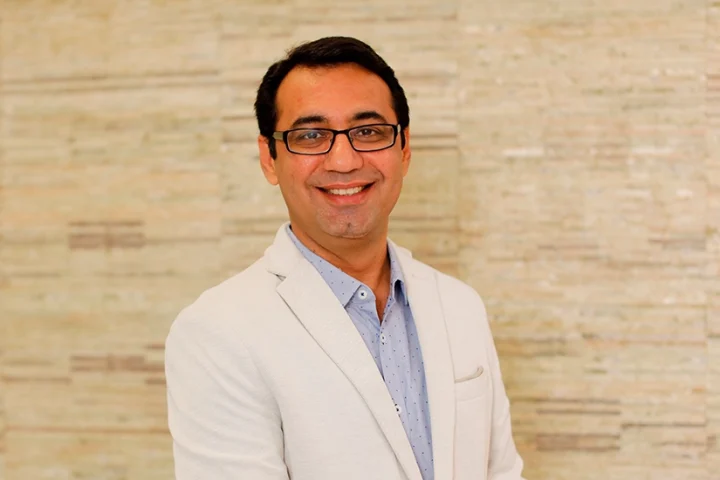Sophos has published its annual sector survey report, , “The State of Ransomware in Education 2024.” The findings reveal that the median ransom payments were $6.6 million for lower education institutions and $4.4 million for higher education organizations. Additionally, the survey highlights that 55% of respondents from lower education and 67% from higher education ended up paying more than the initial ransom demand.
Ransomware attacks are causing more of a strain as only 30% of ransomware victims surveyed in both lower and higher education were able to fully recover in a week or less, down from last year’s 33% (lower education) and 40% (higher education). This slowing recovery rate is likely due to education organizations operating with limited teams and resources, making it harder for them to coordinate recovery efforts.
“Unfortunately, schools, universities and other educational institutions are targets that are beholden to municipalities, communities and the students themselves, which inherently creates high pressure situations if they are hit and destabilized by ransomware. Educational institutions feel a sense of responsibility to remain open and continue providing their services to their communities. These two factors could be contributing to why victims feel so much pressure to pay,” said Chester Wisniewski, director, field CTO, Sophos.
“We also know that ransomware attackers have upped the ante when it comes to getting paid. Compromising their victims’ backups is now a mainstream element of ransomware attacks, giving adversaries the opportunity to subsequently increase the ransom demand when it is clear that the data cannot be recovered without the decryption key.”
In fact, 95% of respondents said that cybercriminals tried to compromise their backups during the attack, with 71% being successful – the second highest backup compromise rate across all industry sectors. Having backups compromised also considerably increases recovery costs, with the total bill coming in five times higher in lower education and four times higher in higher education.
Despite difficult dealings with ransomware, the overall attack rate dropped over the last year. Sixty-three percent of lower education organizations and 66% of higher education organizations were hit by ransomware attacks – down from 80% and 79%, respectively. At the same time, the rate of data encryption has increased slightly, with eighty-five percent of attacks on lower education and 77% of attacks on higher education organizations resulting in data encryption, slightly up from the 81% and 73%, respectively, reported in the 2023 survey. Unfortunately, cybercriminals are not only encrypting data, they’re also stealing it, using it as leverage to further monetize the attack. Twenty-two percent of lower education organizations that had data encrypted said the data was also stolen, together with 18% in higher education.
The survey reveals that exploited vulnerabilities were the leading root cause of attacks in education, providing cybercriminals with a way into the network for 44% of lower education and 42% of higher education ransomware attacks.
Based on this Sophos survey data, schools and other educational organizations could benefit from a layered security approach that includes vulnerability scanning and patching prioritization guidance to reduce their attack surface, endpoint protection with anti-ransomware capabilities that automatically detect and stop attacks, and 24/7 human-led managed detection and response (MDR) services to neutralize advanced human-led attacks, ideally leveraging telemetry from backup solutions to detect and stop adversaries before they can cause damage.

























